Contributor: Charles Kolstad
A valve used for drinking water applications is designed to safely transport and control the flow of potable, clean water. To eliminate any health hazard risk, the water needs to be contamination free. Throughout its flow from inlet to outlet, the water comes into contact with different components like pipes, fittings and valves. Chemical contaminants, like lead, may be present in the plumbing and could potentially contaminate the potable water upon contact. The minerals, temperature and flow of water may contribute to corrosion leading to contamination into the drinking water supply. Similarly, contaminants like nitrates, pesticides, bacteria, viruses can enter the water supply system through leaks and poor connection points. Therefore, only the products specifically designed and certified for use with potable water should be used for drinking water applications.
Different global certifications
There are several guidelines and certifications worldwide to monitor and control the quality of plumbing products that come into contact with drinking water. Some of the more commonly known certifications applicable for drinking water valves are:
Kiwa Water Mark – Dutch Market
The Kiwa watermark provides certification for products that come into contact with drinking water for the Dutch market. Its guidelines include all the market and government requirements. Thus, producers and suppliers only have to deal with one set of requirements.
NSF (National Sanitation Foundation) – North America
NSF/ANSI 61 is a set of standards in North America, which establishes the requirements and guidelines for equipment that comes into contact with drinking water or products that support production of drinking water.
WRAS (Water Regulations Advisory Scheme) – Great Britain
WRAS approvals demonstrates the compliance of material and water fittings in contact with the public mains water supply, with the requirements of Water Supply Regulations in UK and Scottish byelaws.
ACS (Attestation De Conformite Sanitaire) – France
ACS provides official approval required for materials of equipment that comes in contact with drinking water in France.
WaterMark – Australia and New Zealand
A WaterMark certification is a mandatory certification for the materials and products used for plumbing and drainage installation in Australia and New Zealand.
KTW-W270 – Germany
KTW-W270 certification indicates that the products that come in contact with drinking water has been tested and approved. The DVGW (Deutscher Verein des Gas- und Wasserfaches) provides the required testing and certification.
Valve material
The valve’s housing and sealing material are a critical element when selecting the right valve for drinking water applications. These materials should be approved for use with drinking water. The following housing and sealing materials are the most commonly available options:
Housing material
- Brass: Brass is the more traditional choice of material for drinking water valves. It provides economical value and can perform within a wide temperature range. However, brass alloys often contain lead which is added to increase the machinability. Considering the hazardous effect of lead on human health, various regulations have been enforced to ensure lead-free drinking water. In North America, EPA limits the maximum lead content to 0.25% calculated across the wetted surface area. Manufacturers and contractors must calculate the wetted surface area and total lead content for drinking water system to determine the usability of the valve for drinking water purposes. Alternatively, lead-free brass options are also available as replacements for traditional brass valves for drinking water application.
- Composite or plastic material: Composite or plastic materials are commonly used for commercial and residential applications. It is a lead-free alternative and saves the manufacturers from undertaking wetted average area calculations for lead contents. However, composite materials may be slightly more expensive than brass valves.
- Stainless steel: Stainless steel is another commonly used material for drinking water valve. They are lead-free and provide a broad range of options in terms of flow coefficient, sizing, temperature and pressure range. However, they are a more expensive material choice, but with no lead content, it is also a safe option.
Seal material
- NBR: Nitrile rubber (NBR) is the most commonly used material as a diaphragm, O-ring and/or seal in drinking water valves. It is suitable for drinking water, won’t contaminate it, and can withstand a temperature range from -18°C to +80°C (0°F to +176°F).
- EPDM: Ethylene Propylene Diene Monomer (EPDM) is typically used as a seal material for temperature ranges above NBR’s capabilities. It can withstand a temperature range of -20°C to +139°C (-4°F to +282°F) and is therefore suitable for hot and cold water applications.
Valve types
Depending upon the application, a different valve type should be used to properly control the flow. The four commonly used valve types are discussed below with some general application uses.
Check valves
A check valve is a one-way valve which allows the water to flow in only one direction. Water flow in the desired direction opens the valve while any backflow forces it closed preventing any flow. For drinking water applications, a check valve is used to prevent the backflow from the outlet into the water source to prevent contaminants from entering the drinking water system. The check valve is also used on private well systems to keep the water in the pipes and keep the pump primed. Figure 1 is an example of a stainless steel check valve that can be used for a potable water application.
Ball valves
A ball valve is a shut-off valve that controls the flow with a rotary ball having a bore. When the bore is aligned in the same direction as the pipe, the valve is opened, allowing the water to flow through it. When the ball is rotated by 90 degrees, the bore is perpendicular to the flow path and the water flow is blocked. This rotation can be done manually with a lever, or with an actuator (electric or pneumatic). Ball valves provide reliable sealing and are typically used in residential application for main or branch line shut-off of domestic hot and cold water system. Figure 2 is an example of a 2-way ball valve with brass material approved for use with drinking water.
Solenoid valves
A water solenoid valve, as seen in figure 3, is used in applications that require automatic flow control. Depending on the design, the valve can be normally-closed (closed with no power) or normally-open (open with no power). Therefore, they are controlled by an electrical signal that can be done remotely and automatically to accurately and reliably control water flow. Solenoid valves are typically quick acting, so for water applications a solenoid valve with an adjustable closing timer are used to prevent a water hammer. For residential purposes, a solenoid valve is used with dishwashers that require controlled automatic water supply.
Gate valves
A gate valve, also known as a shut-off valve, is typically a manually controlled valve that is typically only used in the fully open or fully closed state. Therefore, it is not used as a control valve and using them as such may wear out the valve and cause inaccurate flow control. It is typically used in large diameter piping and high-pressure application. A gate valve can be used where water does not need shutting-off frequently, like in the main water pipelines to homes. Figure 4 is an example of a gate valve.

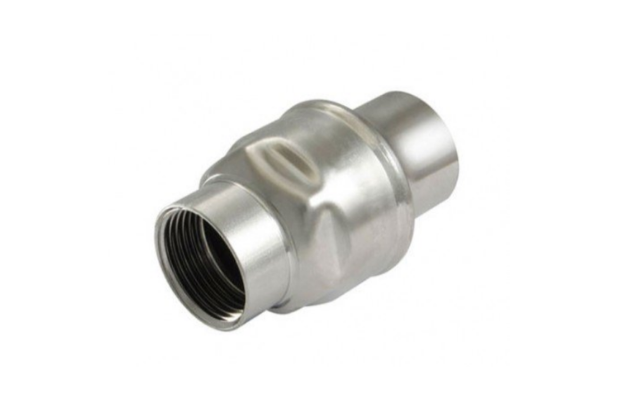
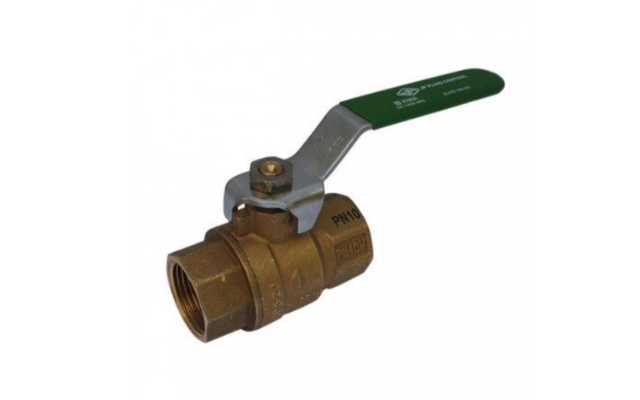
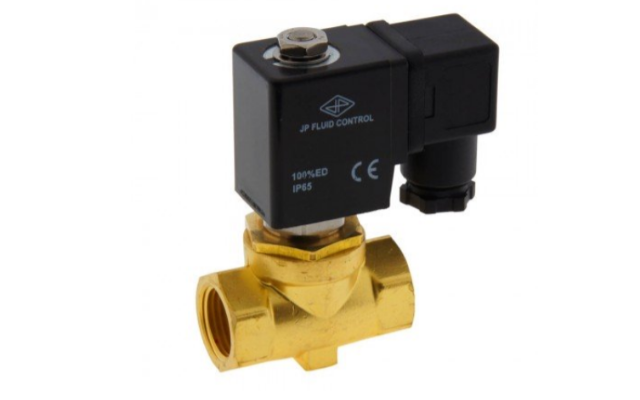
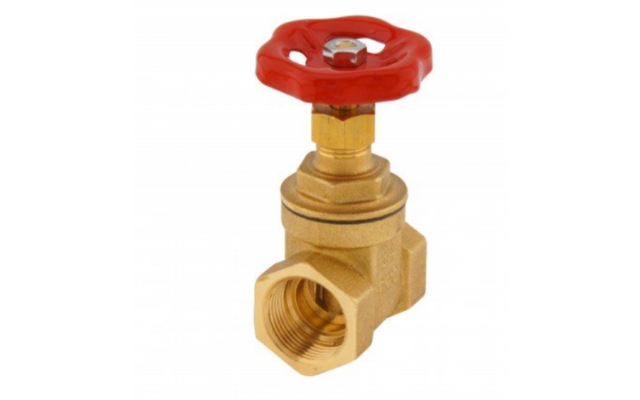


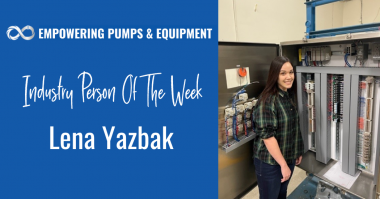
Comments